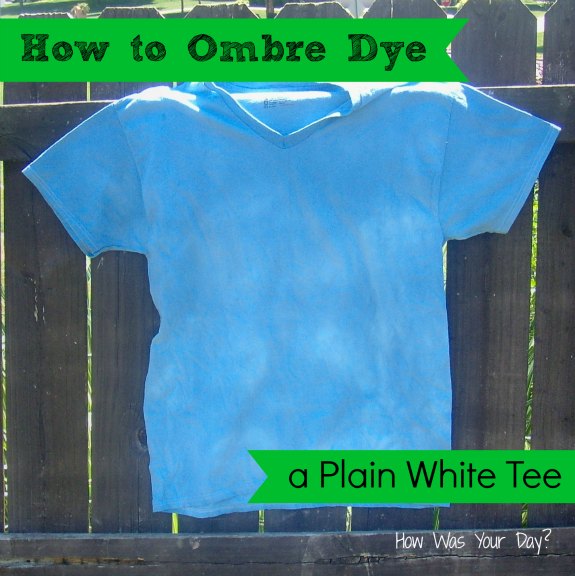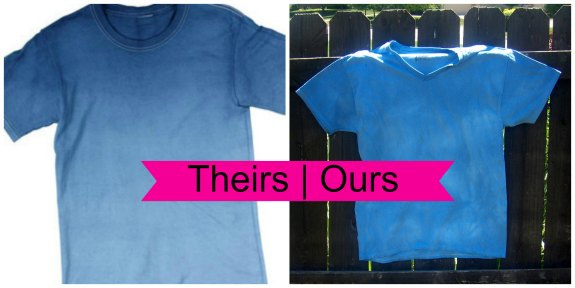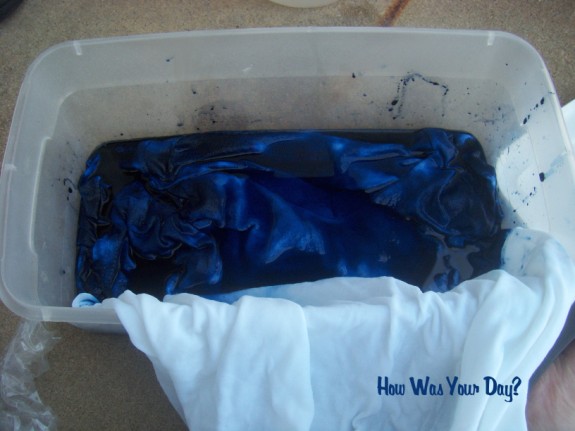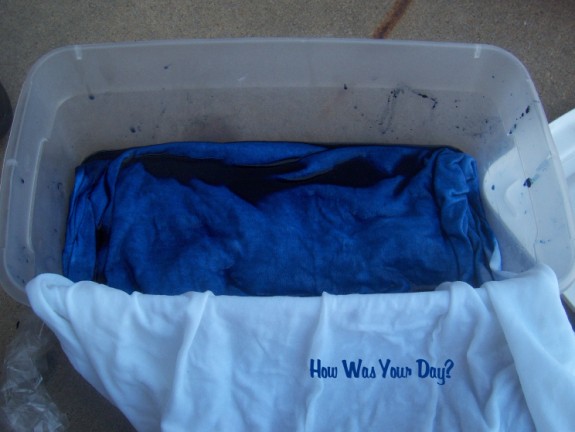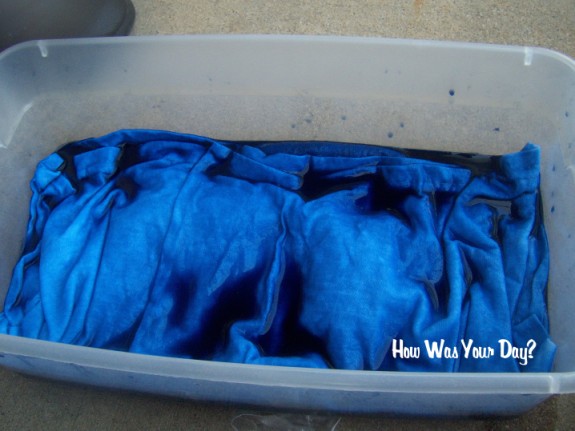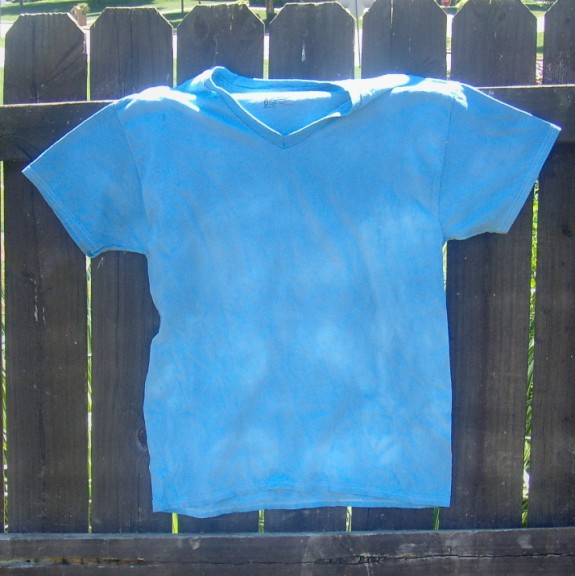How to Ombre Dye a Shirt was sponsored by Joann as part of the Summer of Joann series.
Recently, Joann Fabric and Crafts contacted me to see if I was interested in taking part in their Summer of Joann Crafting with Kids series. Ummm…let me think about this. I spend half a day a week wandering around the store, picking up odds and ends for my projects. Absolutely I want to participate!
The challenge was to choose a project from the Cape Discovery series and recreate it. Hmmm…what to choose, what to choose…
Once I saw the How to Ombre Dye a Shirt project, I knew what had to be done. I chose to do some hand-dyed projects. Why? Because I loooooooovvveee to dye. There’s something mystical and magical about choosing colors and seeing how they blend. Then, when the project is finished? It’s like a total surprise! And even if it doesn’t come out looking the best, it’s still beautiful to you.
For this project, we’re learning how to Ombre dye a shirt. Multi color dyeing will come at a later date. If you’re nice, that is. I was watching TMZ one day, and Harvey Levin had on this gorgeous ombre dyed tee. It was turquoise at the top, and faded into aqua around the chest area. The rest of the shirt was white. I had originally planned to re-create that shirt, as I’ve been thinking about it for quite a while. However, since we were dyeing with kids, they wouldn’t leave the planned white part of the shirt alone. Before I knew it, we had little dye fingerprints on the white part. So, I dyed the whole shirt. I also used a regular blue shade instead of turquoise. Obviously.
How to Ombre Dye a Shirt
Supplies needed for Ombre Dyeing
White or light colored items. Fabric, yarn, t-shirts, tote bags, pillow cases are all great items to play with. Natural fibers like cotton, rayon, or silk work the best and will provide the most vibrant colors. Polyester and other synthetics will give you a much paler result.
Dye. I used the tie dye kit, which came with everything we needed, and we just had to add water to the dye.
Rubber bands
Plastic gloves
Cups or squirt bottles for the dye
Foam paint brushes if using cups
Water in a basin or tub
Something to put your dyed projects on. I used the lids of plastic shoebox bins.
Plastic shoebox bin
1 Launder your shirt. Wash & dry it to get rid of any residue from the manufacturing process. DO NOT use fabric softener, as it may interfere with the dyeing process.
2 When you’re ready to dye, get your shirt wet. You want it to be fairly wet, but not dripping wet. You may need to wring it out a little.
3 Fill a plastic shoebox bin with one color of your mixed dye to a depth of about 1 inch.
4 Place the part of your shirt that you want to be the darkest in the bin. Let sit for about 30 mins
5 Place the next part of your shirt in the bin. You may need to add some water to make sure that your shirt is fully submerged. Let sit for about 15 minutes.
6 Decide if you want to dye the rest of your shirt or leave it it’s regular color (ie white). If you want to dye it, place it in the bin. Let sit for about 10 minutes. Again, you may need to add some more water to cover your shirt.
After you’ve let your shirt sit, and let the dye work its magic, it’s time to rinse. I have to admit, this is my favorite part.
7 Pour off the excess dyebath. You can dump it in your yard, pour it down the toilet, or wash it down your drain. Beware, it can stain your fixtures, especially porous ones.
8 Rinse under warm, running water. Keep rinsing until the water runs mostly clear. Sometimes, I do this in stages. I’ll get most of the dye out, let it sit for a while, and have another go at it.
9 Once your pieces are mostly rinsed, you can wash them. I generally wash them in a tub with a detergent. I like Synthrapol, as it helps to pull out the excess dye and set the color at the same time. For this shirt, I used my regular laundry detergent. I keep rinsing until the water is mostly clear. This generally takes three to five water changes.
10 Now, you can wash your dyed fabric items as you normally would. Wash in the washer, dry in the dryer. If you dye yarn, you still want to hand wash it. Mainly because it’s delicate!
Wear your shirts with pride, and when someone asks, you can say “I made it myself!”

